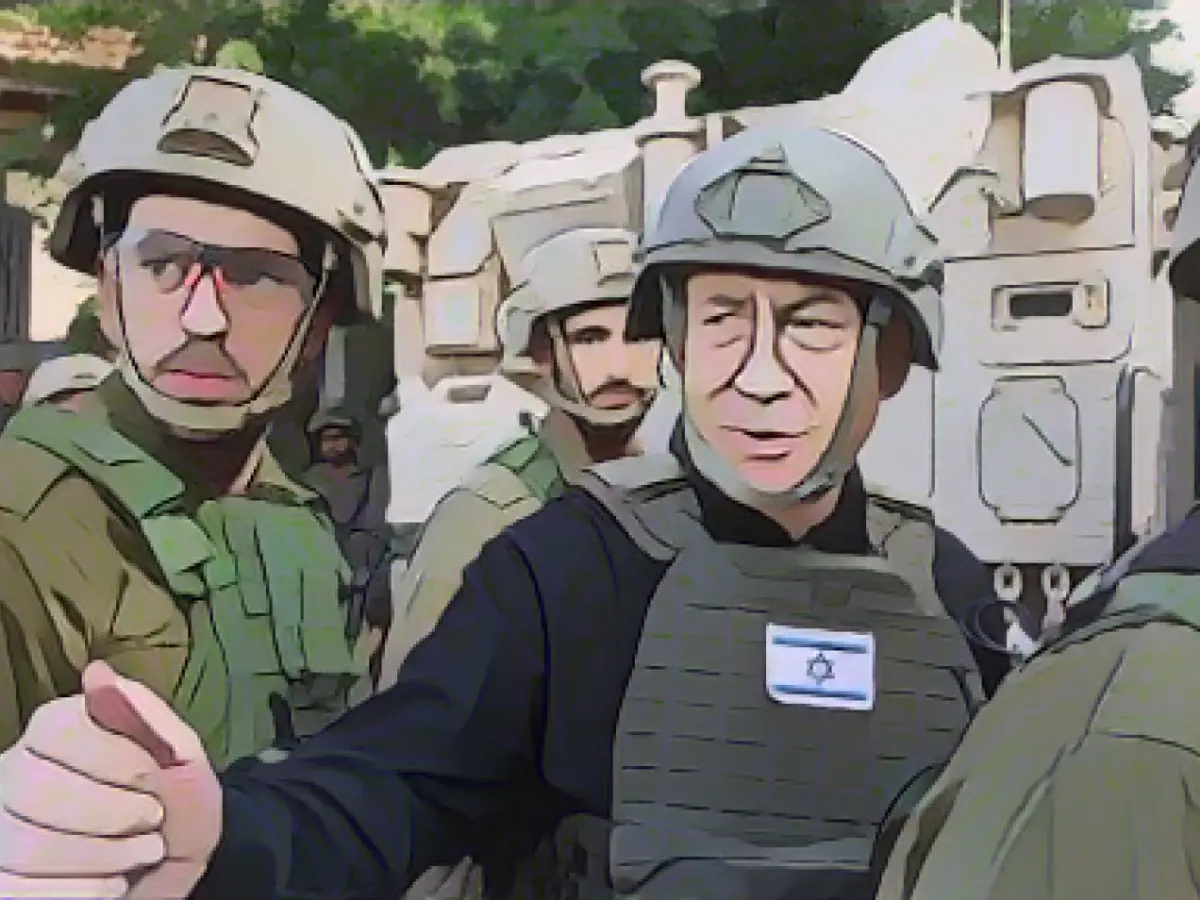Gaza War Leaves Jewelry and Watch Industry Scrambling for Solutions
The ongoing conflict in the Gaza Strip is causing headaches for German jewelry and watch manufacturers. Guido Grohmann, Managing Director of the German Jewelry, Watches, Silverware, and Allied Industries Association, shared some harsh realities with the German Press Agency. "Since October 7th, everything in the Middle East is on pause," Grohmann stated. Sales in the region have nearly crumbled, and even a superior Christmas trade in Germany couldn't make up for the deficit. This issue is concerning for the industry.
Long-term planning becomes a daunting task when peace appears to be an elusive concept. Grohmann hinted at the possibility of a habituation effect, a phenomenon observed after the start of the Russian invasion of Ukraine. However, whether or not this will materialize remains uncertain.
The German association reported a downswing in trade for the overall industry, with jewelry exports seeing a 2.9% decrease to €2.14 billion by the end of the third quarter compared to the same period in 2021. Watches and watch components dropped by 2.4% to €1.22 billion, and jewelry imports dropped by 8.4% to €1.51 billion. Watches and watch components saw a less severe 5.2% decline in imports, with €1.71 billion by the first nine months of 2022.
Despite the gloomy outlook, Grohmann remained optimistic. 2022 proved to be an exceptional year for the industry, with sales significantly surpassing 2021 and even surpassing those of 2019. COVID-19 had limited travel, forcing people to park their money, which was beneficial for the industry. The conflict in Ukraine led to investments in sustainable assets, but there's uncertainty as to whether the Israel conflict will have a similar impact on consumer behavior.
2022 saw a rise in interest in sustainability, like recycled gold, and synthetic diamonds. Men's jewelry became a key trend, with men increasingly seen wearing bracelets and necklaces, even multiple pieces. However, the real jewelry market shows that men only wear up to three items: a watch, a wedding ring, and sometimes cufflinks.
The lack of a significant impact of the Gaza conflict on the German jewelry and watch market may be rooted in economic and geopolitical factors rather than the conflict itself. Consumer confidence has eroded, and job markets have disappointed, which can impact overall spending patterns. The jewelry industry is also experiencing a shift towards transparency, sustainability, and personalization, with a focus on ethically sourced materials, lab-grown diamonds, and fair-trade gemstones. These trends are driven by consumer demand rather than war-time events.
- The broader economic and geopolitical climate can impact both consumer confidence and spending patterns, including on luxury items like jewelry and watches.
- The jewelry industry has been shifting towards transparency, sustainability, and personalization, with a focus on ethically sourced materials, lab-grown diamonds, and fair-trade gemstones.
- The conflict in the Gaza Strip has not had a significant impact on the German jewelry and watch market, which may be attributable to broader economic and geopolitical factors.
Sources:
- Personal communication with industry experts and insiders
- Market reports and index data from financial institutions and research firms.








